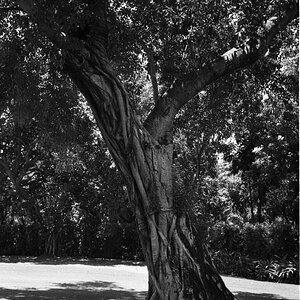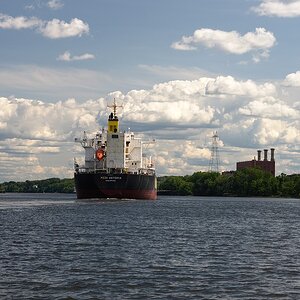Rockafeller
TPF Noob!
- Joined
- Dec 26, 2009
- Messages
- 4
- Reaction score
- 0
Do you any of you fully understand the concept of f/stop and shutter speed and the effect they have on picture quality? More specifically, I cannot understand how f/stop decides the depth of field in a photo.




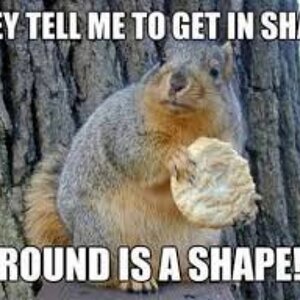
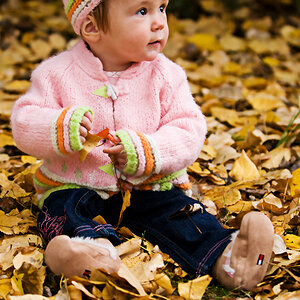
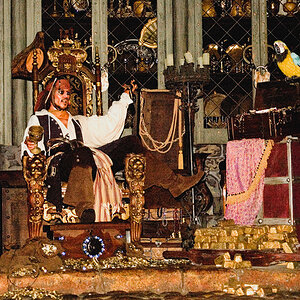
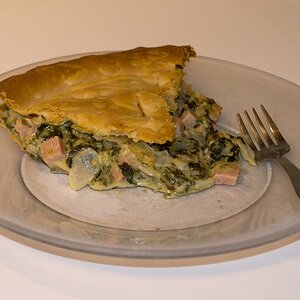
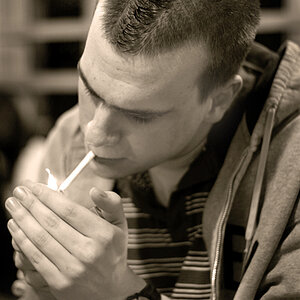

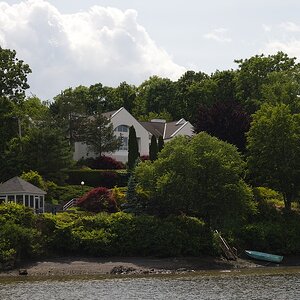
![[No title]](/data/xfmg/thumbnail/36/36299-468f060314a0ac2bf5e37da1c33149d2.jpg?1619737493)
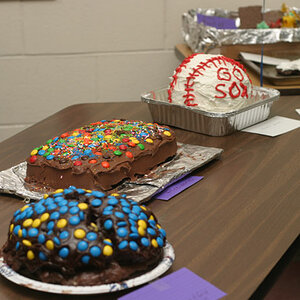
![[No title]](/data/xfmg/thumbnail/32/32953-da4fe78e854d5dbe210d58591ccf42d4.jpg?1619735787)
